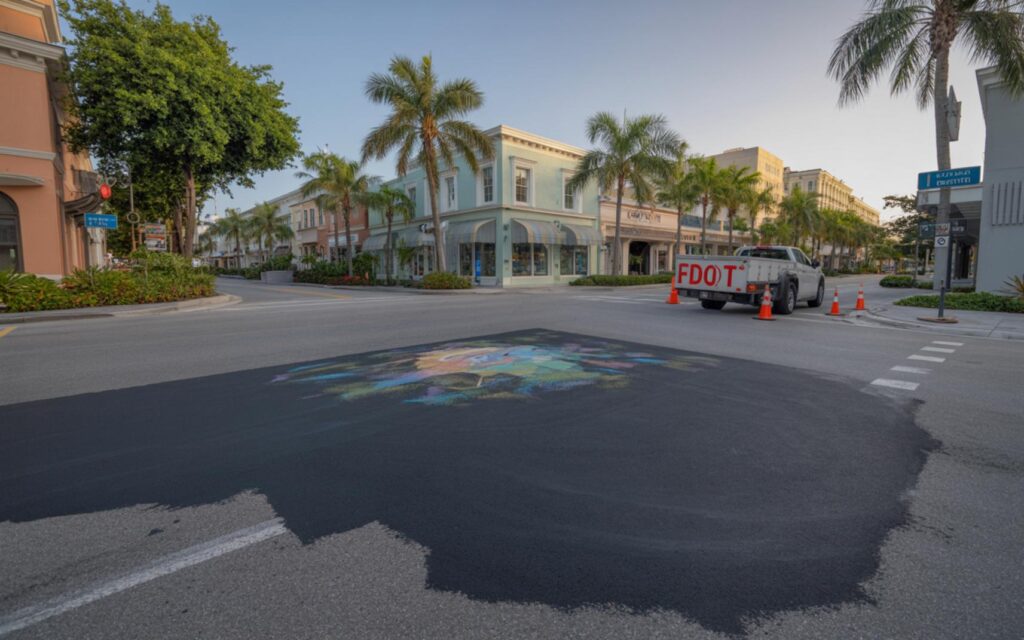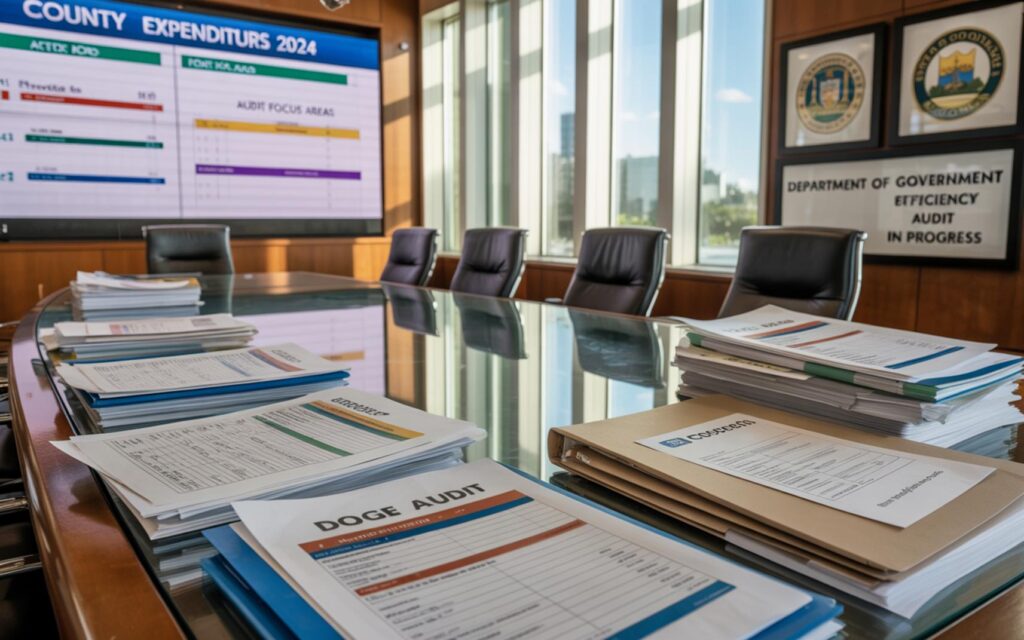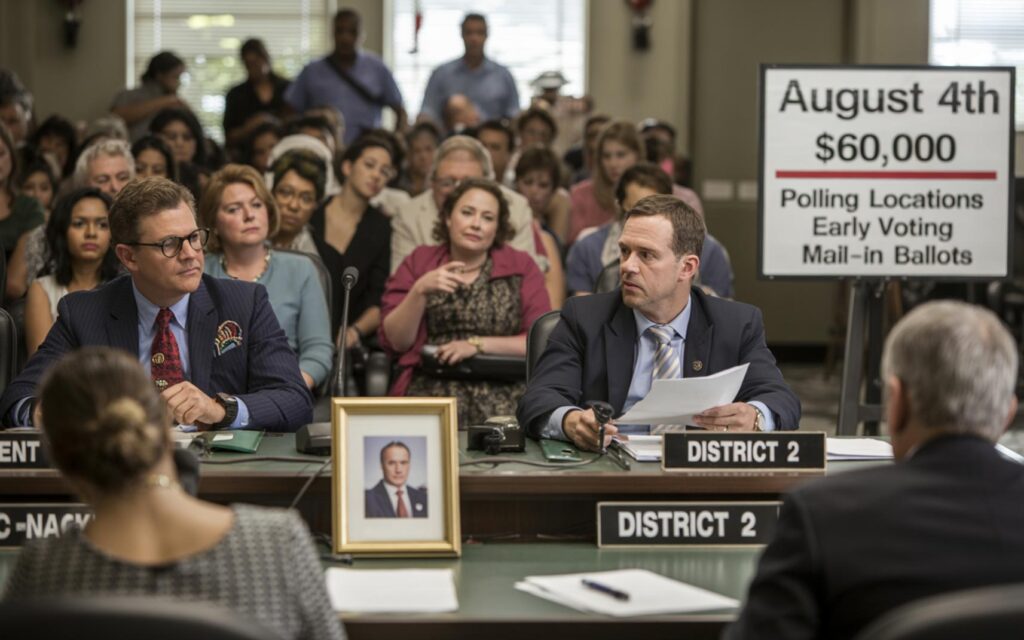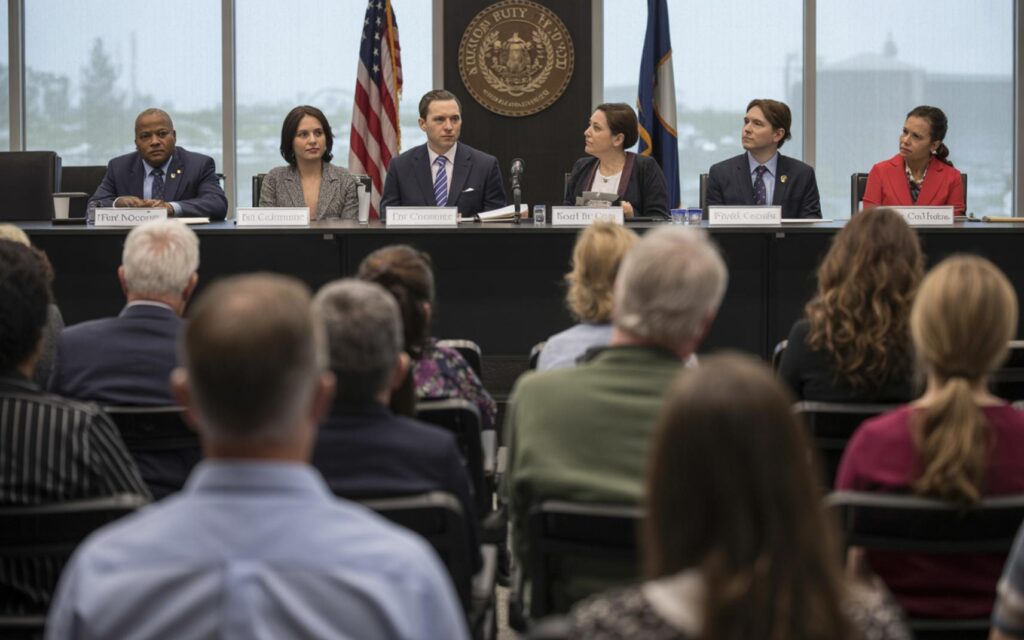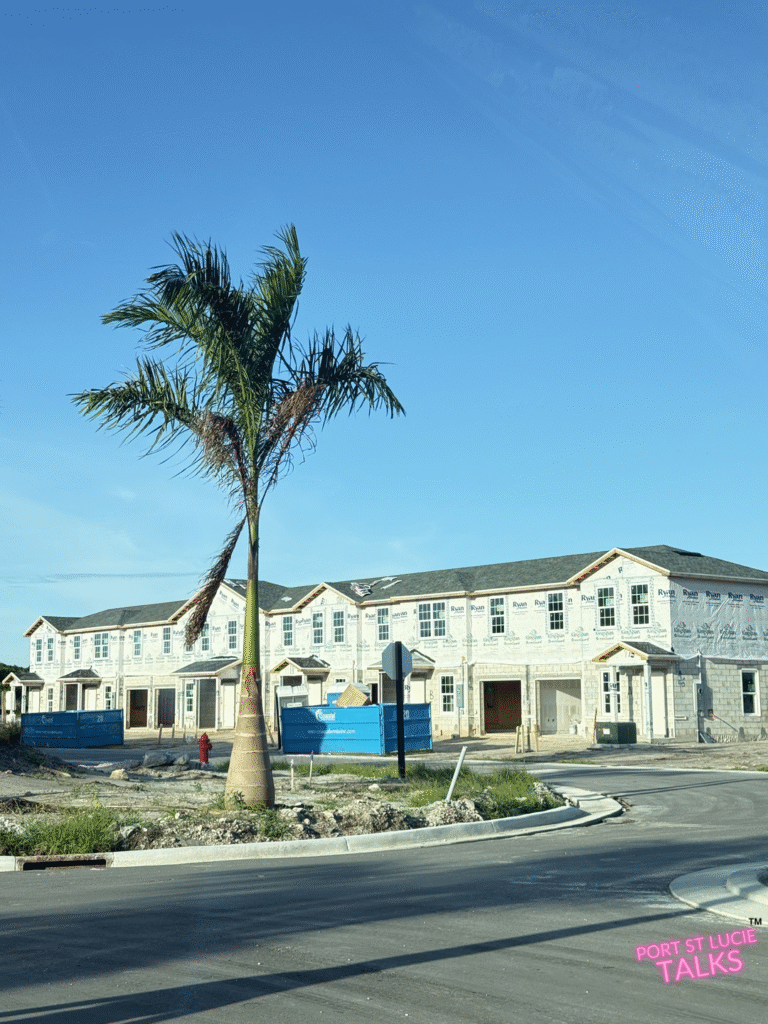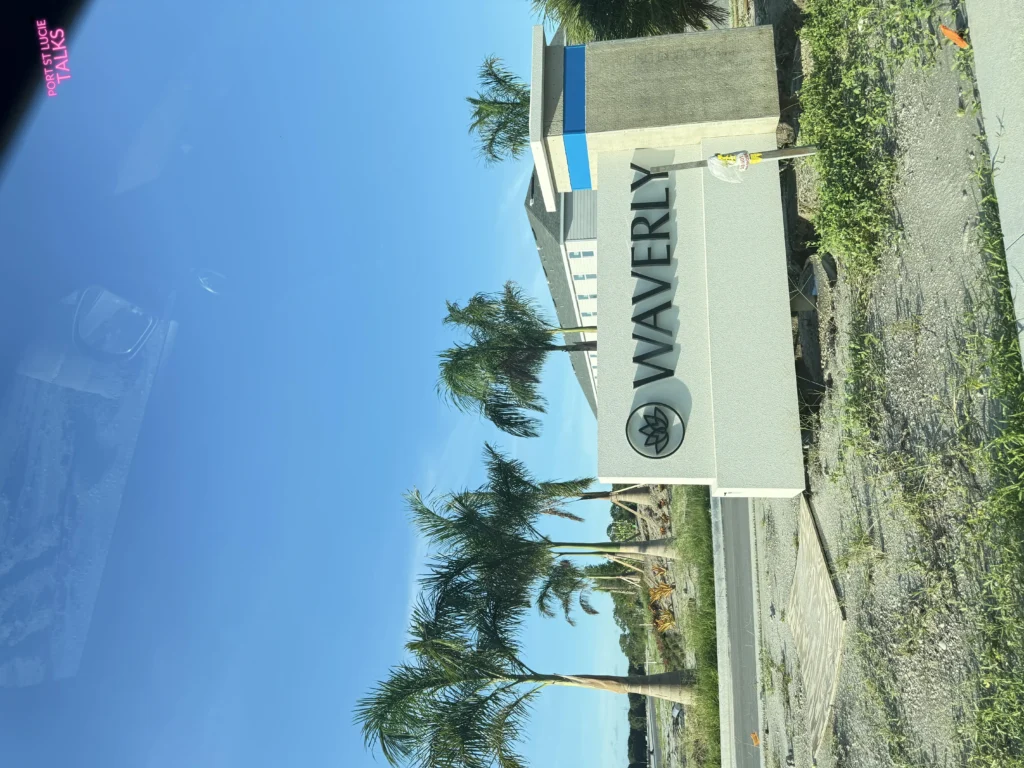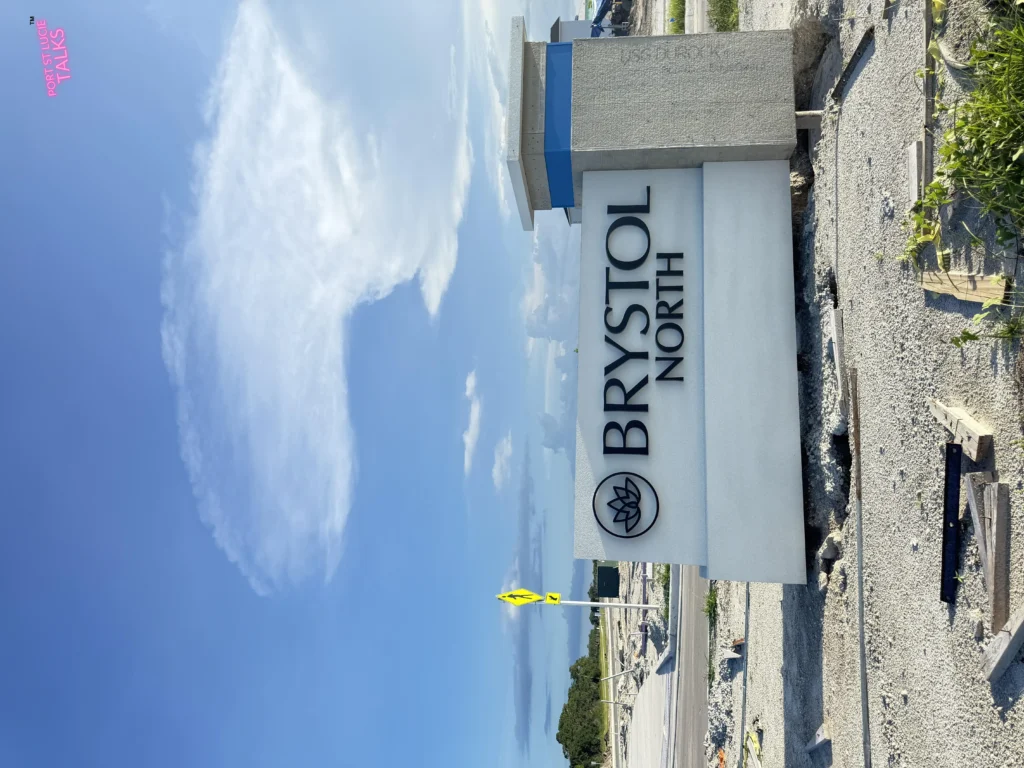Will Hurricane Helene’s Sustained Winds Close Treasure Coast Bridges?
As Hurricane Helene approaches, the people of the Treasure Coast are bracing for potential impact. A primary concern for residents and authorities alike is the possibility of bridge closures in the areas of Sebastian, Stuart, Vero Beach, Fort Pierce, and Port St. Lucie. Strong, sustained winds are a hallmark of hurricanes, and Helene is no exception.
Preparing for Hurricane Helene’s Impact
Hurricane Helene, with its powerful sustained winds, signifies more than just heavy rainfall and storm surges. The structural integrity of essential infrastructure, such as bridges, is put to the test. Authorities across Treasure Coast are monitoring forecasts closely to determine whether these key transportation links will need to be closed for safety.
Areas of Concern
The Treasure Coast, which includes Sebastian, Stuart, Vero Beach, Fort Pierce, and Port St. Lucie, is known for its beautiful stretches of intercoastal bridges. These bridges are vital pathways for daily commutes, essential transport, and emergency services. However, sustaining repeated exposure to high-velocity winds can compromise the safety of these structures.
Potential Bridge Closures
- Sebastian: The bridge connecting Sebastian to the mainland is under close watch as it faces potential closure due to strong winds.
- Stuart: Bridges in Stuart are particularly susceptible due to their exposure to open waters and potential debris carried by winds.
- Vero Beach: The safety protocols for Vero Beach bridges include constant surveillance and emergency measures to close them if wind speeds increase.
- Fort Pierce: Fort Pierce bridges are on high alert, with contingency plans in place for prompt closures if necessary.
- Port St. Lucie: Being a densely populated area, Port St. Lucie bridges will undergo comprehensive safety checks and potential shut downs if Hurricane Helene’s winds intensify.
Wind Speeds and Safety Thresholds
Hurricane Helene is projected to bring winds upward of 75 mph. Bridges typically have a safety threshold, beyond which their structural integrity could be at risk. For context, sustained winds of over 40 mph usually prompt bridge closures to prevent accidents and ensure public safety.
Historical Precedents
The Treasure Coast has faced similar challenges in the past. Historical data from previous hurricanes show that bridge closures, though inconvenient, are crucial for minimizing risks and preventing casualties. In instances like Hurricane Matthew and Hurricane Irma, proactive bridge closures proved to be a vital strategy in ensuring community safety.
Preparation Tips for Residents
Residents are advised to stay updated through official communication channels and heed any bridge closure announcements. Here are some preparation tips:
- Stay informed through local news and weather updates.
- Plan alternative routes in anticipation of bridge closures.
- Secure necessities such as food, water, and medications ahead of the storm.
- Prepare an emergency kit with important documents, flashlights, batteries, and first-aid supplies.
What to Expect Post-Hurricane
Post-hurricane recovery often involves meticulous inspections of bridges to assess any potential damage before they can be re-opened. The process includes:
- Structural assessments by engineers
- Clearing debris and ensuring road safety
- Gradual reopening once safety is confirmed
The aftermath of Hurricane Helene will require patience and cooperation from Treasure Coast residents. As bridges undergo inspections, alternative routes and public transport options will be made available to ensure minimal disruption to daily activities.
Final Thoughts
While the exact impact of Hurricane Helene remains uncertain, proactive measures can significantly mitigate risks. Bridge closures, though inconvenient, are a pivotal part of ensuring public safety during such extreme weather events. Residents of the Treasure Coast are encouraged to prepare accordingly and stay vigilant to official updates during this hurricane season.




